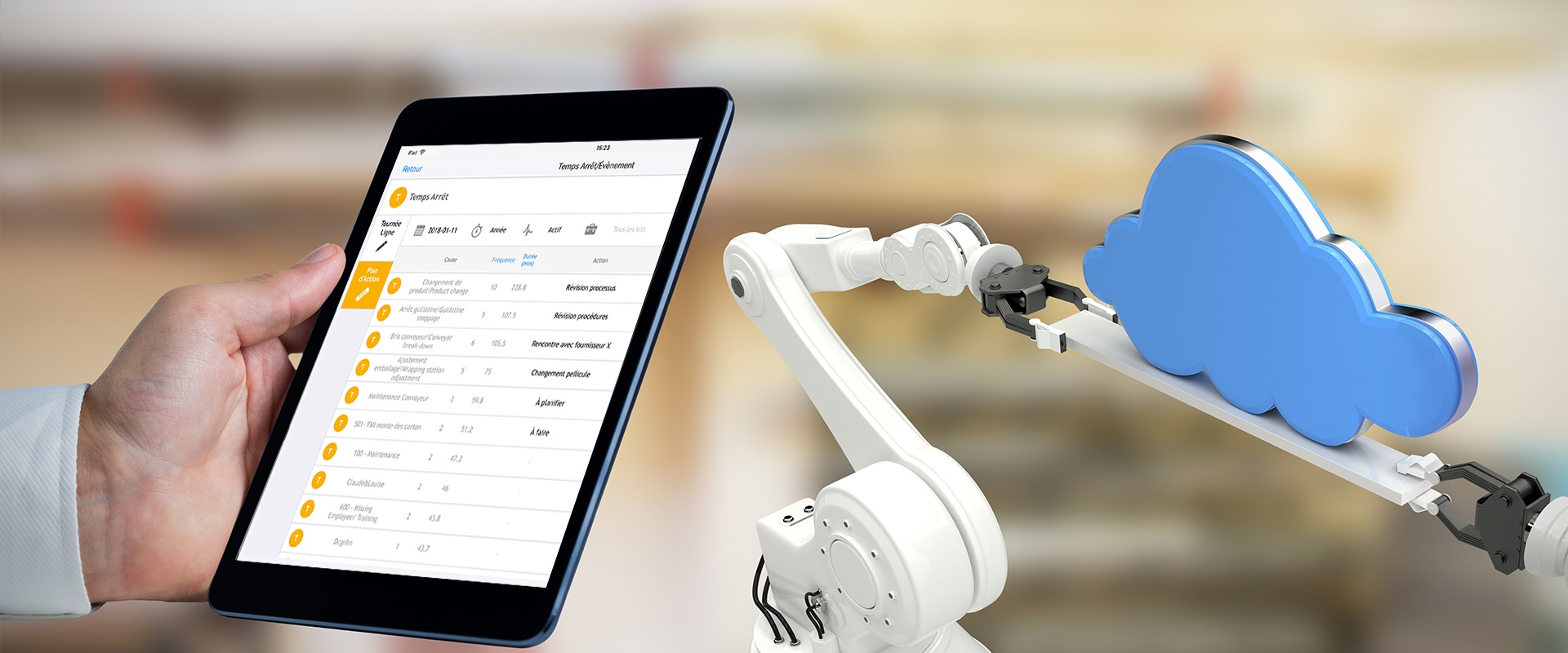Some of the most frequently mentioned systems for reducing production line costs are lean manufacturing continuous improvement programs. The lean methodology encompasses many approaches, software, and techniques for improving productivity and efficiencies. It can be applied in many organizations, but is most often associated with the manufacturing and processing industries.
One of the first accumulations of lean principles was included in the 1991 book The Machine That Changed the World by James P. Womack, Daniel T. Jones, and Daniel Roos. The tools and techniques of lean had been around for many years, going back to Henry Ford’s assembly line and even earlier. Nevertheless, the 1991 book popularized the approach and grew out of the authors’ study of the Toyota system of manufacturing.
Dozens of types of lean manufacturing software has been developed in recent years, including approaches such as 5S, Just in Time, Kanban, Root Cause Analysis, and many others. In fact, some authors list as many as 35 different lean software tools and techniques.
At one time or another, most businesses undertake cost reduction programs aimed at improving productivity and quality. Often, however, projects fail to deliver anticipated outcomes or lose momentum and importance within the organization. To reinvigorate lagging programs, companies can conduct high-level program audits, which include reviewing program steps, evaluating lean manufacturing software, and resetting priorities. Most audits include the following steps, although modifications can be made for any particular situation.
1. Reevaluate overall project objectives.
Initially, review what problems are being studied. Are these problems still high-priority issues, or are other issues now more important? After completing your review, create new problem definitions along with revised project goals, objectives, and schedules.
2. Evaluate historical and current OEE data to verify the effectiveness of the program.
Use production or project-derived historical records to evaluate the effectiveness of the current program. Reviewing historical production line and cost data can help quantify the current program’s progress.
Overall equipment effectiveness (OEE) is an excellent measure of how well a production line is performing. Historical OEE data can be valuable in assessing the benefits of lean implementation efforts. If OEE is not currently part of your list of KPIs, then the measure should be implemented immediately. A few weeks or months of OEE data can be a tremendous benefit in evaluating any lean manufacturing program. Historical or currently generated OEE data is used to monitor the progress of improvements along each production line. Ensure the project is on track and make adjustments as appropriate.
3. Evaluate communication plans and approach.
Has the existing program been communicated effectively to the organization? Do employees know and understand the project, the problems being studied, and the overall goals? Are employees engaged in helping find solutions? Has the culture accepted change positively, or has the culture resisted implementation of changes? Any shortcomings should be identified and corrected in the revised plans.
4. Evaluate the lean manufacturing software being used to study the specific cost problem(s). Select other software if appropriate.
Each lean manufacturing software is designed to address specific problems or situations. Though many tools overlap, it’s vital to select the best software for each case. Study which methods are being used and whether or not they are effective.
The concept of lean embodies the customer-centric creation of value along with the simultaneous reduction of required resources (e.g., waste). Proper use of lean software depends on how the software effectively achieve these principles. Softwares valuable in reorganizing a portion-controlled hand-cutting workstation may not be as useful for studying changeover of patty-forming dies.
5. Revise and communicate the new lean plan to the organization.
Based on the project audit and evaluation of your lean softwares, revise the program plan as to timing, objectives, targeted results, and allocated resources. Communicate the revised plans and new goals to the entire organization via meetings and printed materials.
Selecting the best lean software for a manufacturing operation means judging which software provides the best results in terms of customer-focused value creation and waste reduction. OEE is an excellent metric for monitoring cost improvements. Worximity, a leading provider of Smart Factory analytics, offers a complete suite of cost reduction softwares that provide instant data capture and analysis. Real-time metrics, including OEE, are calculated and displayed on Worximity’s easy-to-use in-factory dashboard, TileBoard.
Periodically evaluating lean manufacturing software makes sense in today’s extremely competitive marketplace. Tools abound for reducing costs and eliminating waste. It’s up to business managers to apply the correct lean techniques to stay competitive in today’s fast-moving marketplace. OEE is an excellent measure for setting targets and measuring cost performance. A complete audit of in-house cost reduction programs and evaluation of lean manufacturing software can help processors quickly add dollars to the bottom line.
















